Easy Preschool Literacy: Play-based, Interest-driven
Many of us are worried about introducing academics too soon with young children. Others of us fear we are starting too late! It's not a Catch-22. There is a clear way forward that nurtures both the joy of childhood and the brain's desire to master language. Here's how it works.
Vocabulary & Background Knowledge
Start with spoken language. Have all kinds of conversations with the young child. Give them time and reasons to speak. Encourage and model how they can speak with their peers as well as adults. Play singing, dancing, and music games to help them hear the complexities of linguistic sounds. And don't forget poems. Rhyming ones are fun but the ones that don't rhyme can be quite elegant and inspiring.
Young children are also hungry to learn the names of everything they see and in these early years, it's incredibly easy for them to do so. This is why we should not hold back by using only simple language but instead give them big words-even scientific vocabulary (like the names of different leaf shapes or types of reptiles). If they're interested in it, name it for them. You can do this with physical objects in their space but also via Vocabulary Cards.
Once they've been introduced to the vocabulary, they'll want to start applying that knowledge with Sorting and Matching games. As always, knowledge only really sticks when we get to put it to use. That's why sorting and matching activities matter.
But the young child is not just focused on vocabulary, they're also interested in their culture; the ways of being of the people in their world. What does it mean to be a human and live in this family or that family? They want to explore concepts of living all around the world. This is where Fine Art Display Cards and Geography Folders come into play. These cards take delightful aspects of humanity and present them in a simple, engaging format that children want to discuss, sort, and explore.
In the midst of all this, we are also helping them hear individual sounds in words via the sound game.
Letter-Sound Knowledge
As their vocabularies and fields of inquiry grow, we can show children how all those beautiful sounds they've heard can be "made" with writing. Since the children are already fascinated with language, they are naturally excited to see that there's a way we can "make" a sound without even saying it. Letters!
Again, we're taking a playful, curiosity-driven approach to letter-sounds. Usually we start with the sounds in the names of things important to the child like their own name, their family, their friends, their pets, etc. We might show them a Sandpaper Letter or Letter-Sound Chart and say, "this says mmmmm like mmmmmom." Giving several examples of words that feature the sound helps the child notice the sound in the language they hear and use. Tracing the shape of the letters helps lock it into muscle memory.
But don't limit yourself to consonants and vowels. In English, we also need digraphs to make all the sounds we hear. You can't write ship without the sh working together to make a brand new sound (that's a digraph). For the young child, it's about being explicit in teaching a representation for every sound they encounter. You just can't do it without digraphs and there is no need to hold digraphs back for later. You can introduce them now, right alongside the vowels and consonants. For that absorbent young mind, it's no problem.
Next its time for application and practice. We can do this in a fun, self-correcting way with 3-Part Letter Sound Cards. With these, children lay out the letter cards, match them to an examplar picture that features that letter's sound, and then use the control card to see if they were right. Teachers do not need to hover. Three-Part Letter-Sound Cards let children find and fix their own errors. This is really helpful and empowering, especially for children who resist letter sound work.
With all these foundations joyfully lain, the children are ready to start encoding and "writing" words. But, their hands usually aren't very good at drawing letters yet. That's why we use the movable alphabets. These allow children to build words without the frustration of mastering the pencil. (See my graduate research at Harvard for evidence supporting this approach.) Again, use vowels, consonants, and digraphs side-by-side (the Key Sound Approach) and don't worry about accurate spelling just yet. The goal at this stage is to follow the key sound rules we've taught. We'll absolutely help them refine spelling later but now we are trying to build joy and confidence without overwhelm.
Preschool Literacy: Fun, Play-based, Interest-driven
So there you have it. You can lay strong foundations for reading/literacy in preschool without turning it into an academic drill. Follow the child's natural interests, help them develop fields of inquiry, and let them practice what they are learning with fun, developmentally-appropriate games. When you follow this system, many students will effortlessly begin reading. But don't believe me! Try it yourself and then let us know what you discover.
Please add your thoughts and comments below. We need everyone's wisdom to help guide us through!
You can get your complete Preschool Literacy Bundle here!
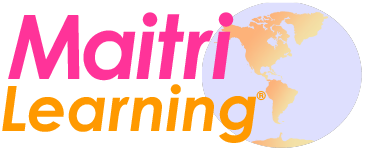




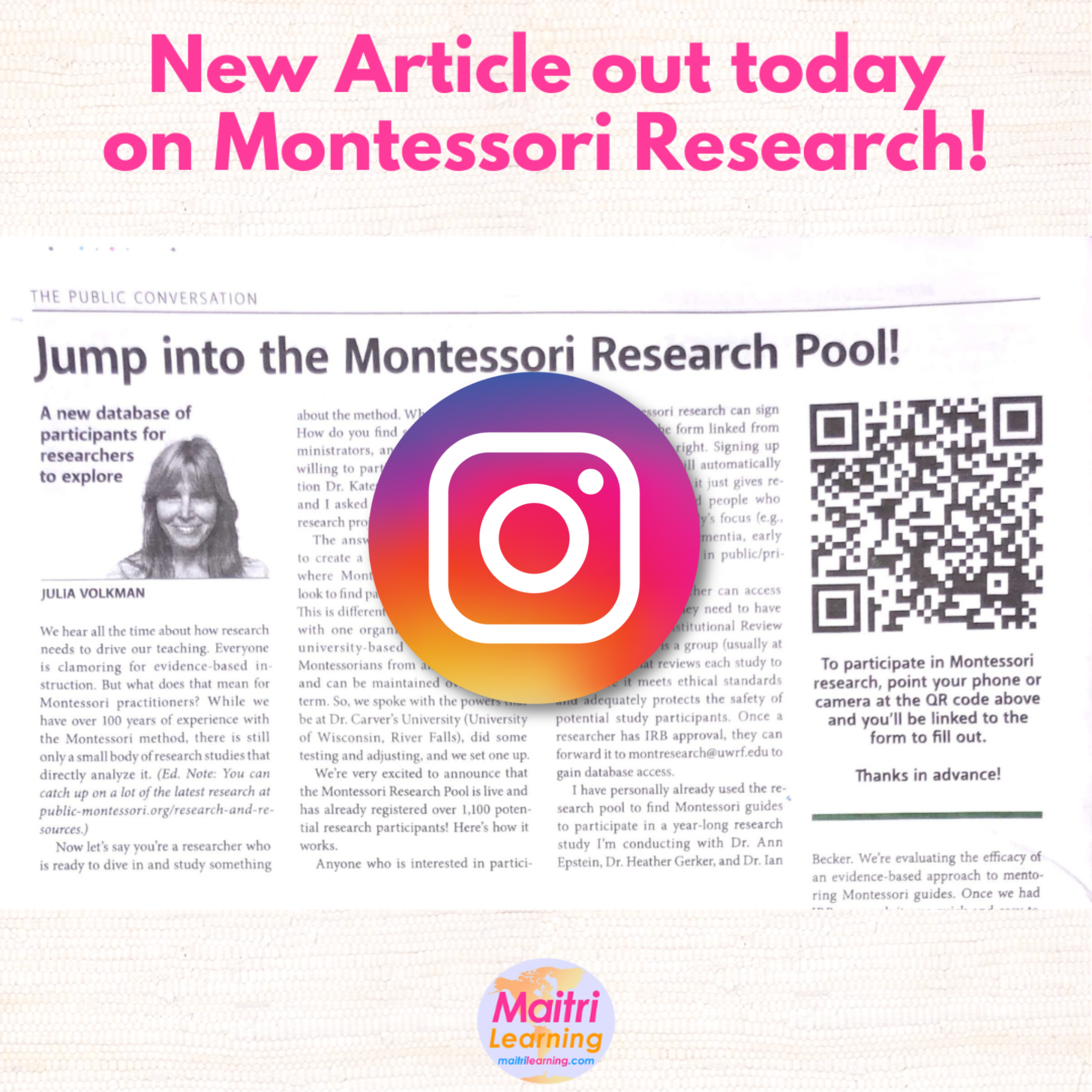
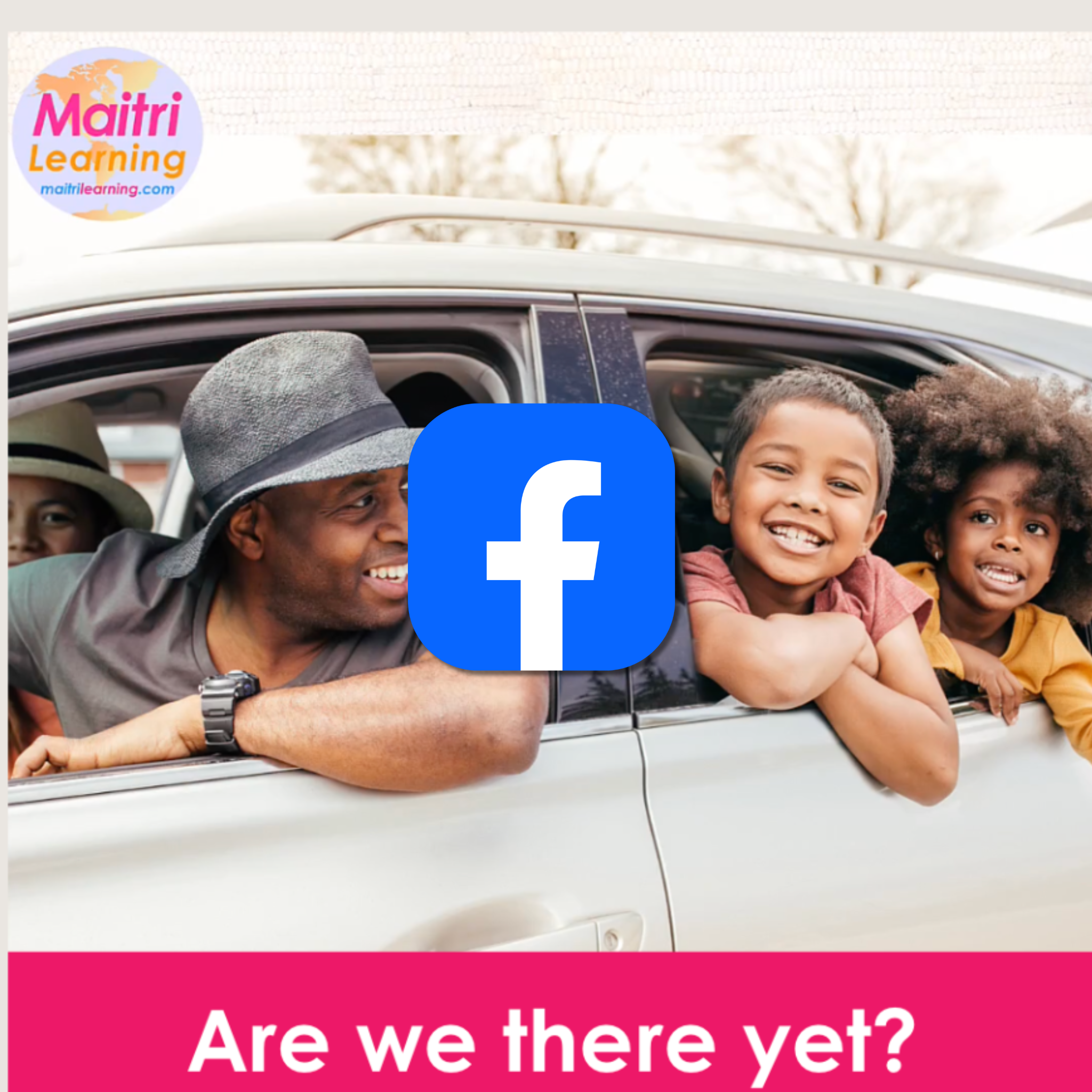
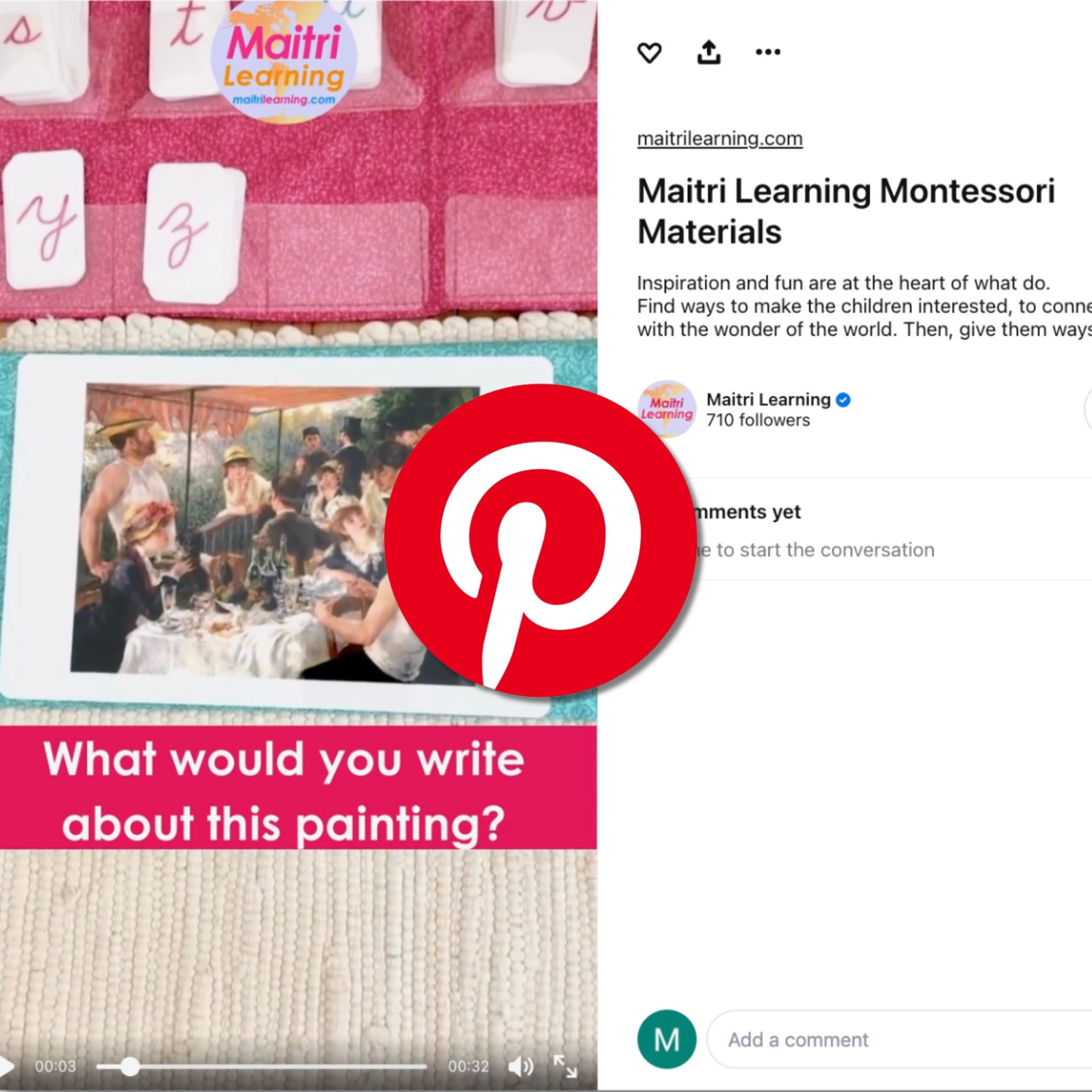
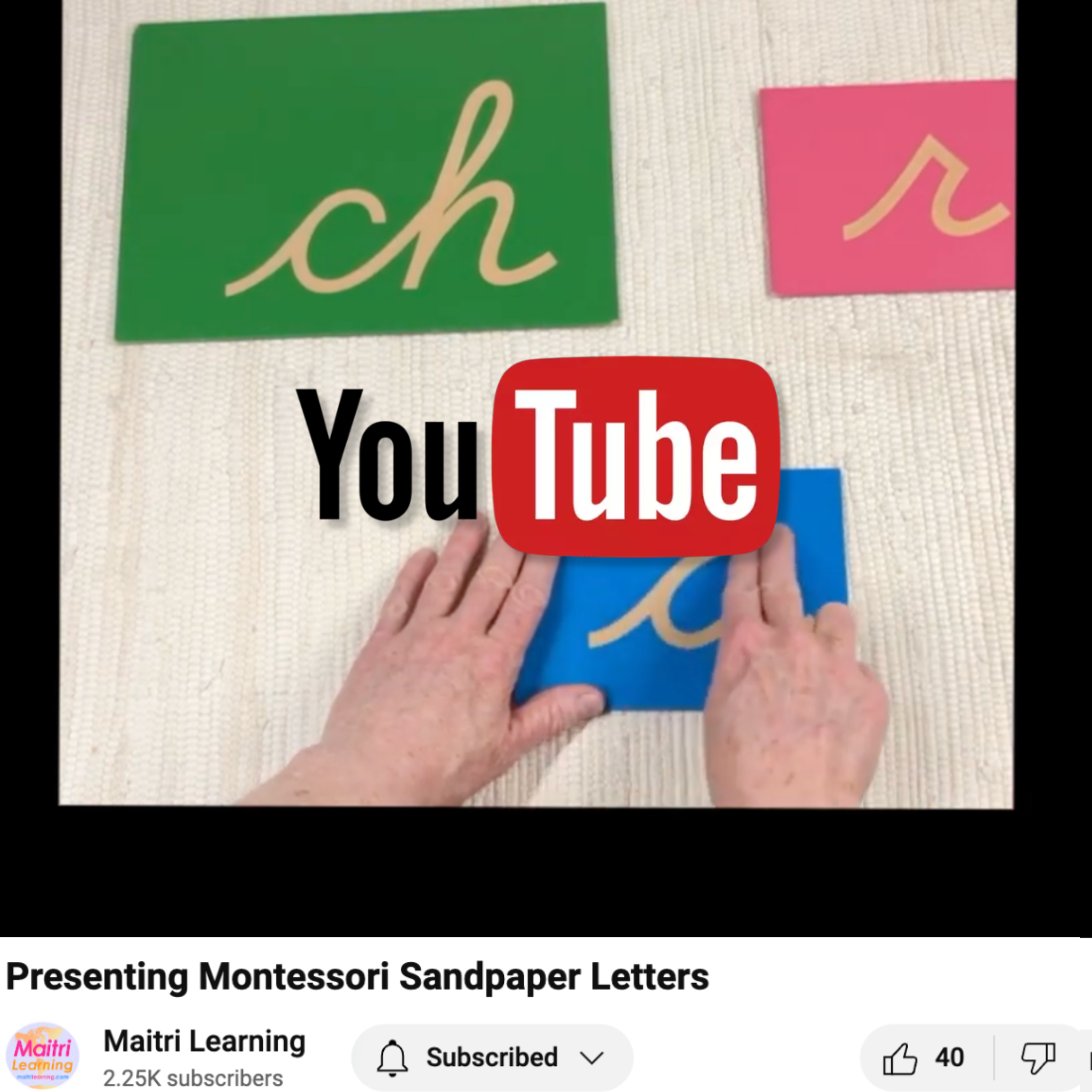
Leave a comment
This site is protected by hCaptcha and the hCaptcha Privacy Policy and Terms of Service apply.